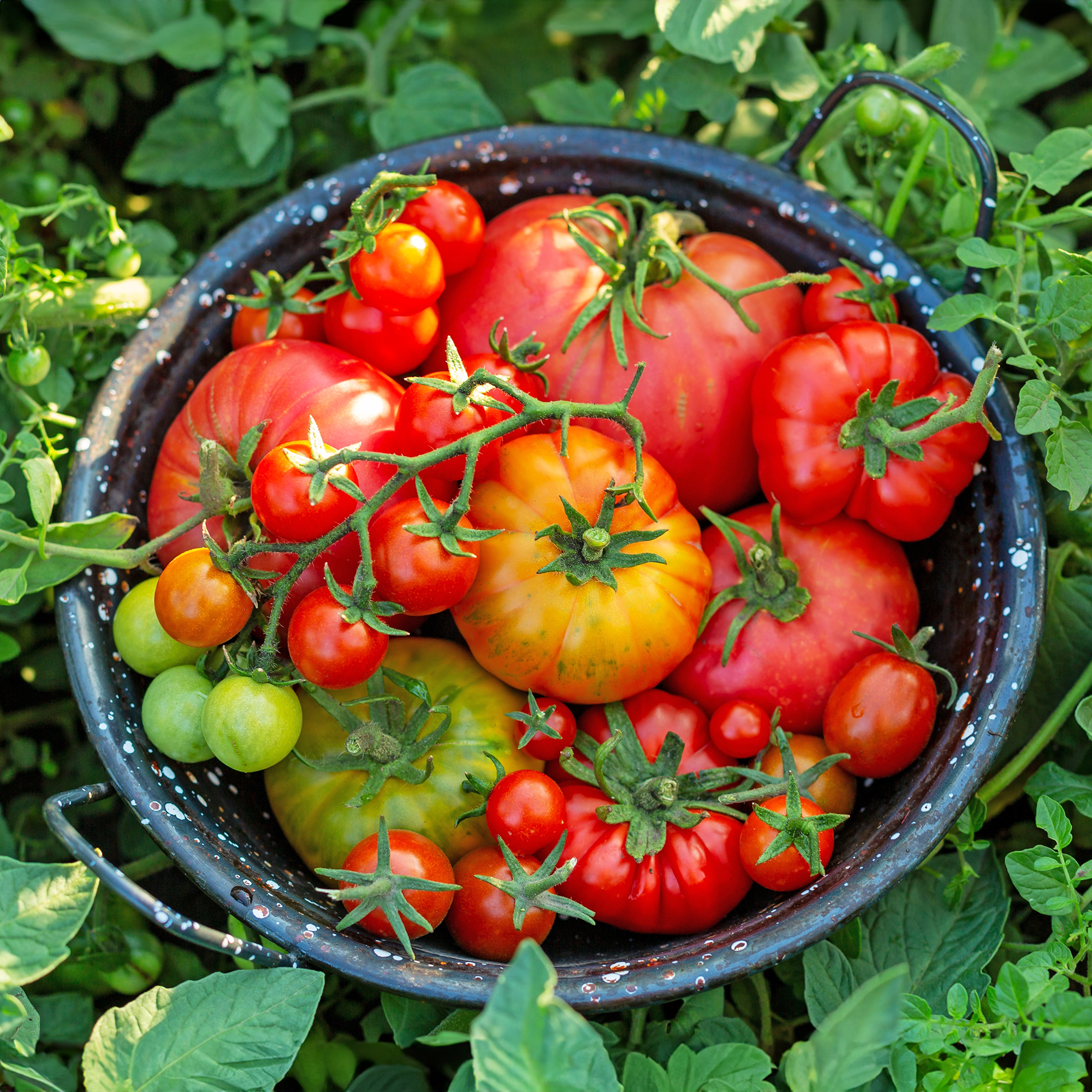How To Pollinate Tomatoes: Give Plants A Hand For Bigger Harvests
With the right techniques, hand-pollinating tomatoes can make all the difference between a lackluster season and a productive one. Learn how to get it right.
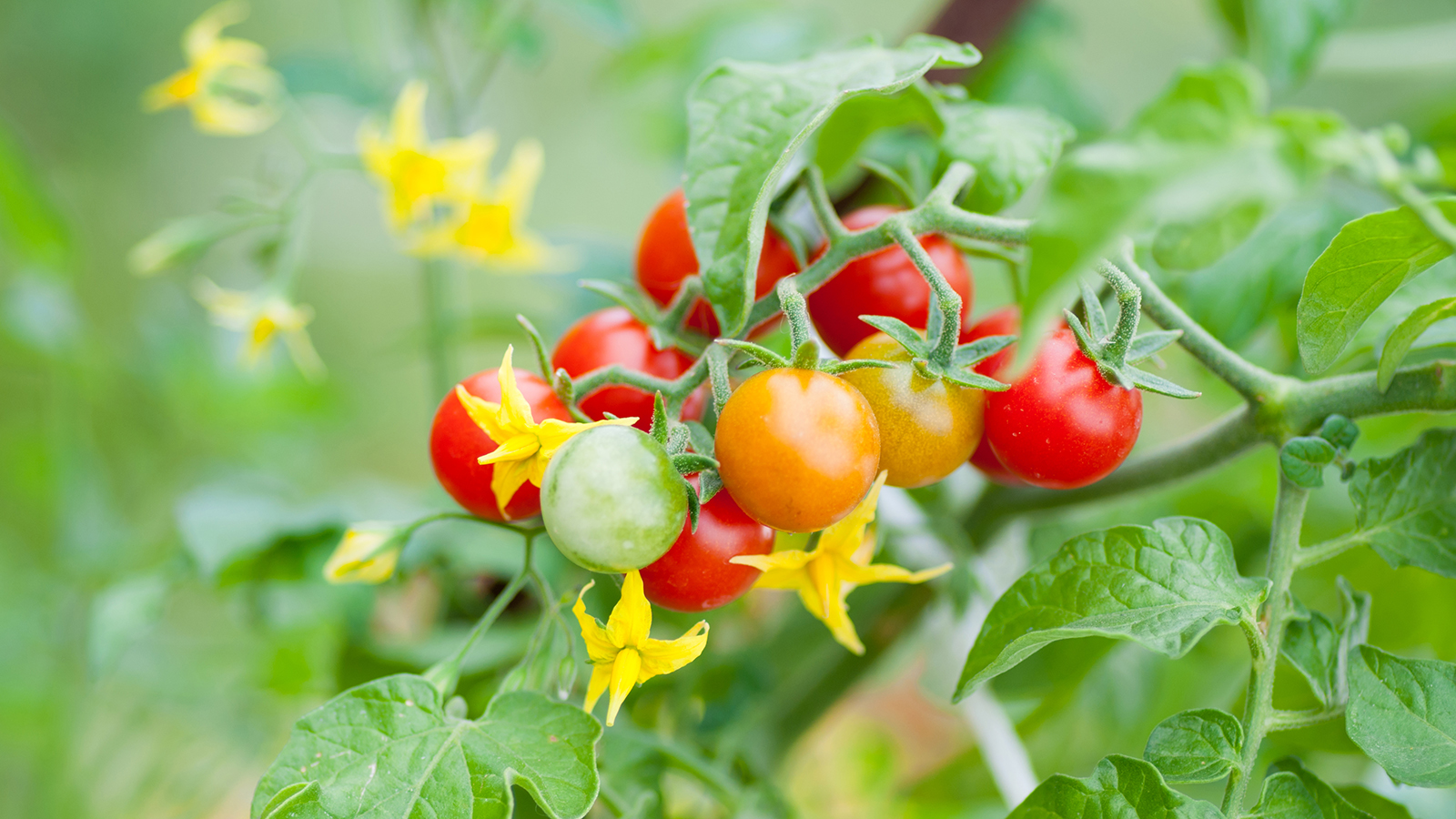

Nikki Tilley
If your tomato plants are flowering but not producing fruit, you might be wondering how to pollinate tomatoes effectively – especially when nature isn't doing the job. While tomato flowers are technically self-pollinating, they don't always manage this on their own. Whether you're growing in a greenhouse, or under less than ideal outdoor conditions, giving your plants a little help can make a big difference to your harvest.
Tomato flowers are considered "perfect" because they contain both male and female reproductive parts. But even with the right anatomy, successful fruit set requires movement – something usually provided by the wind or pollinating insects like bees. When those factors are missing, poor pollination can lead to flowers dropping off without producing fruit. That's when understanding the basics of how to grow tomatoes and how to pollinate them manually becomes key.
So, do tomato plants need to be pollinated? Yes – and no. While technically they can pollinate themselves, they often need assistance, especially in controlled environments or during bouts of hot, humid weather. Here's how to improve pollination and get the most from your tomato crop.
Why Pollination is Important for Tomato Plants
Pollination is essential for tomato fruit to form. Without it, flowers may bloom but never produce the juicy, ripe tomatoes you're hoping for. The process involves transferring pollen from the anthers (male part) to the stigma (female part) within the same flower. In nature, this usually happens through vibration from wind or the buzz of bees.
However, in greenhouses, indoor gardens, or sheltered yards with few pollinators, that natural vibration might be missing. That's when manual pollination becomes necessary. When done correctly, it boosts both the quantity and quality of fruit your plants can produce.
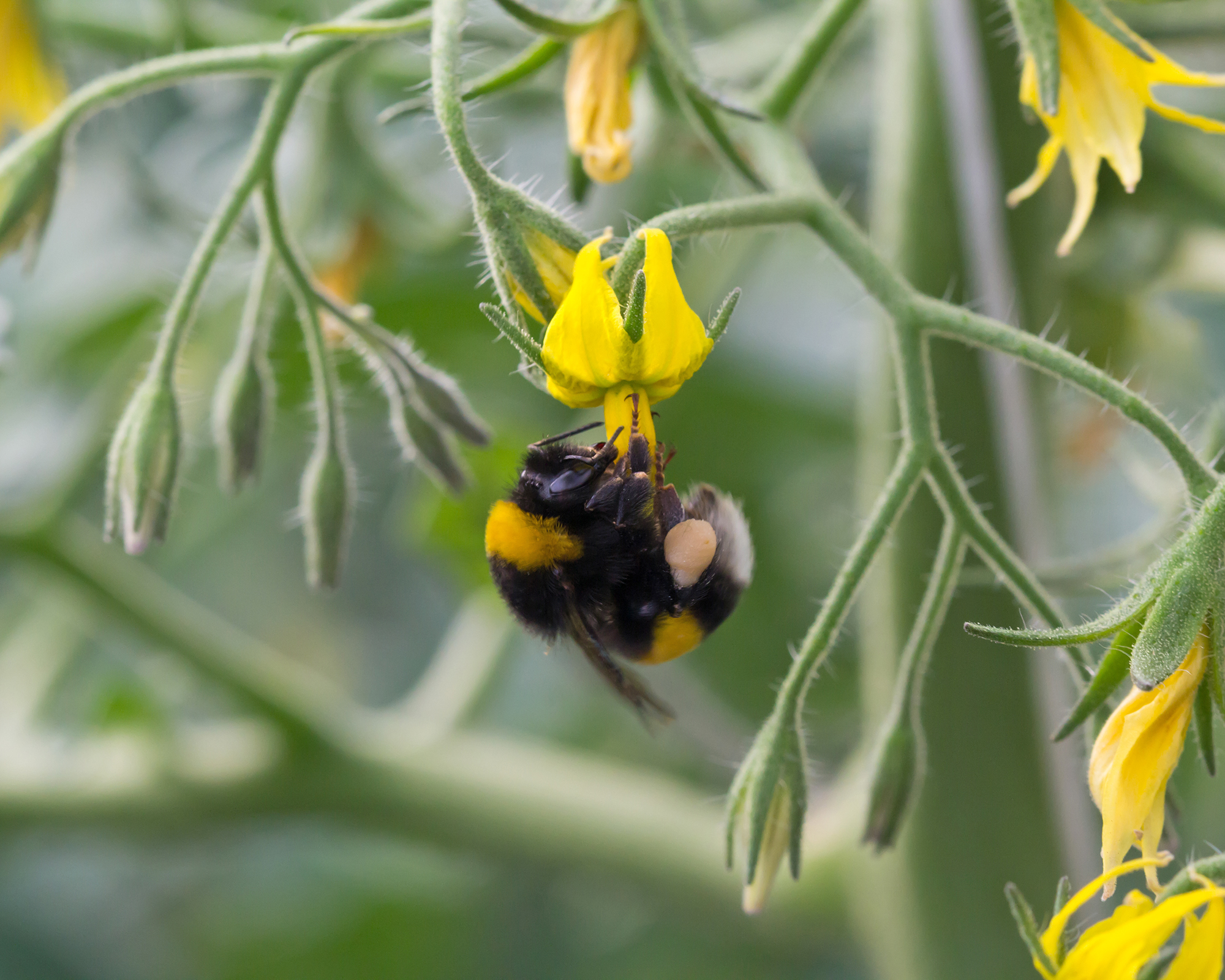
Are Tomatoes Self-Pollinating?
Yes, tomatoes are self-pollinating, meaning each flower has the capacity to fertilize itself. But, while self-pollinating plants don't need a second plant nearby to bear fruit, they still need a physical trigger to move the pollen. If wind and bees aren't available to do the job, then you'll need to lend a hand – literally.
Commercial growers often use vibrating wires or machinery to shake rows of plants. At home, you can mimic this on a smaller scale. Understanding how to pollinate indoor tomato plants or those in protected environments can significantly improve your yield, especially if you're growing in containers or greenhouses where airflow and insect access are limited.
Sign up for the Gardening Know How newsletter today and receive a free copy of our e-book "How to Grow Delicious Tomatoes".
How to Pollinate Tomatoes
Whether outdoors or inside, assisting pollination helps ensure your flowers turn into fruit. Natural methods like wind and bees are ideal, but when they’re not available, hand pollination is your next best tool.
Here’s how to manually pollinate tomatoes:
- Gently shake or tap the plant or flower cluster to mimic wind.
- Use a vibrating tool, like an electric toothbrush, to stimulate pollen release by placing it just behind the open flowers.
- Brush pollen by hand with a cotton swab or small paintbrush, transferring it from the anthers to the stigma.
- Set up a small fan nearby to encourage airflow and dislodge pollen naturally.
For best results, pollinate on warm, sunny days when the flowers are fully open – typically from late morning to early afternoon. Aim to repeat this process every two to three days while flowers are present.
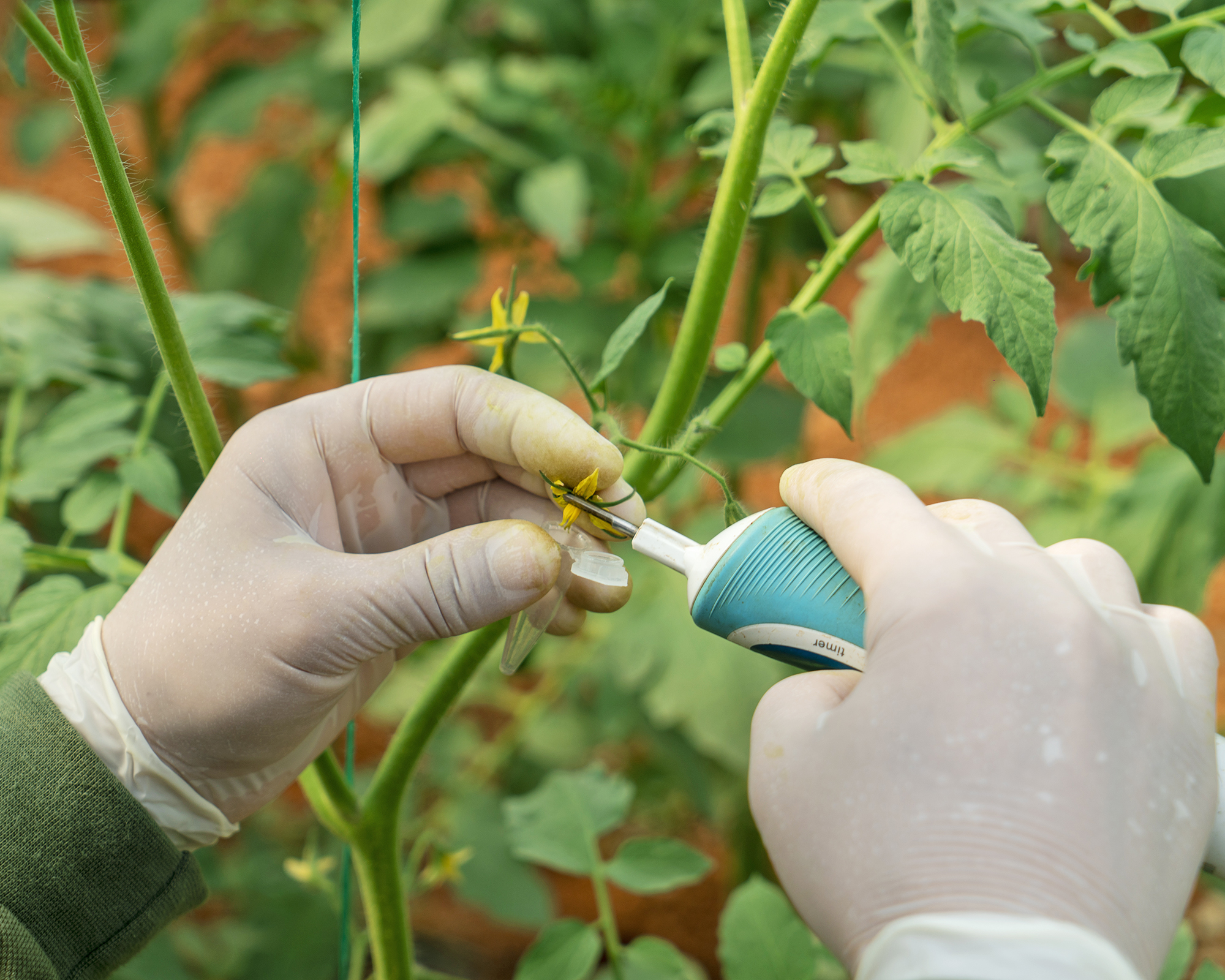
Encouraging Natural Pollinators
Do tomato plants need bees to pollinate? Not strictly, but they’re incredibly helpful. In fact, studies show bumble bees are especially effective pollinators for tomatoes, increasing both yield and fruit quality. If you’re growing outdoors, create a bee-friendly garden by planting nectar-rich flowers nearby. Plant a wide variety and cluster colors together so they catch the bees' interest.
Great companion plants for bees include:
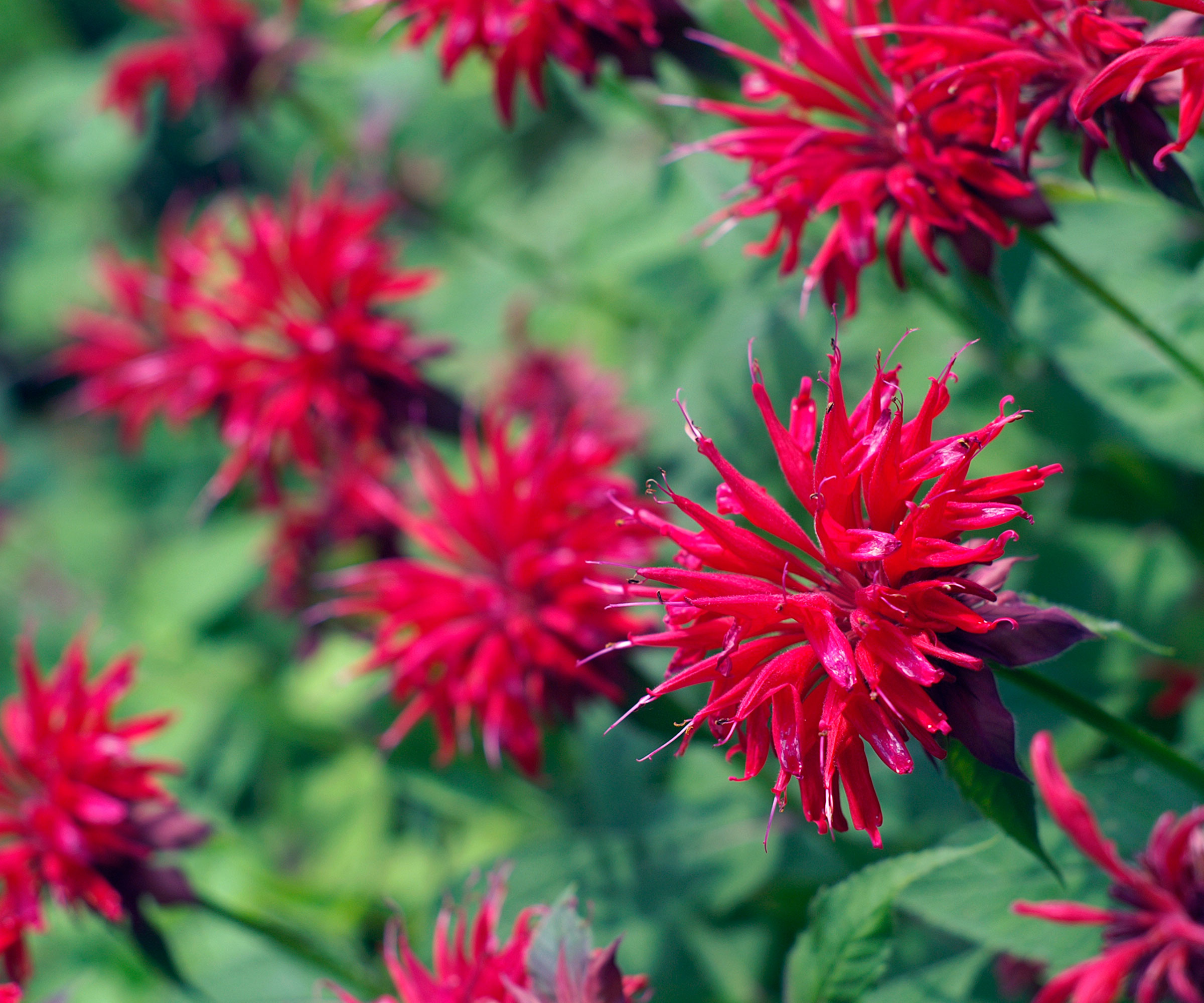
In addition to providing nectar sources, bees need something to drink. Provide shallow dishes of clean water, such as ceramic Bee Cups, available in the Gardening Know How Shop. Also, avoid using pesticides during the day, especially in the morning when pollinator activity is highest. These non-selective poisons can kill even beneficial insects.
Visit our Pollinator Shop for a range of pollinator-friendly plants and products.
Signs of Poor Pollination
If your flowers are falling off without producing fruit – or if the fruits that do form are small or misshapen – then poor pollination is likely the cause. One way to tell if a tomato flower is pollinated is to look for a small green bulge – or mini tomato – forming at the base of the flower. If there’s no swelling and the flower drops, it wasn’t successfully fertilized. If, however, the fruit is poorly formed and rough, it is called a “dry set”. This means the pollination was not adequate.
Ideal Conditions for Tomato Pollination
Tomatoes pollinate best under specific environmental conditions:
- Daytime temperatures between 70 and 85°F (21 and 29°C)
- Humidity below 70% for optimal pollen transfer
- The ideal time to pollinate is midday on dry, sunny days
Excessive heat or humidity can make the pollen sticky and reduce the stigma’s receptiveness, leading to pollination failure.
Should You Use a Tomato Pollination Spray?
Tomato pollination sprays – also called blossom set sprays – contain hormones that encourage fruit formation, even without perfect pollination. They can help fruits ripen up to three weeks earlier. You can buy pollination sprays on Amazon. They can be useful in extreme weather conditions or when natural pollination methods fall short. However, they typically need reapplication every two or three days and don’t replace the benefits of proper hand or insect-assisted pollination.
In addition, if growing heirloom tomatoes, any seeds produced from the fruit will likely not be viable, and some fruits may be stunted or misshapen.
Want to know more about growing your own tomatoes? Sign up for the Gardening Know How Newsletter and receive a free copy of our e-book How to Grow Delicious Tomatoes.
This article features products available from third party vendors on the Gardening Know How Shop.

Bonnie Grant is a professional landscaper with a Certification in Urban Gardening. She has been gardening and writing for 15 years. A former professional chef, she has a passion for edible landscaping.
- Nikki TilleySenior Editor
